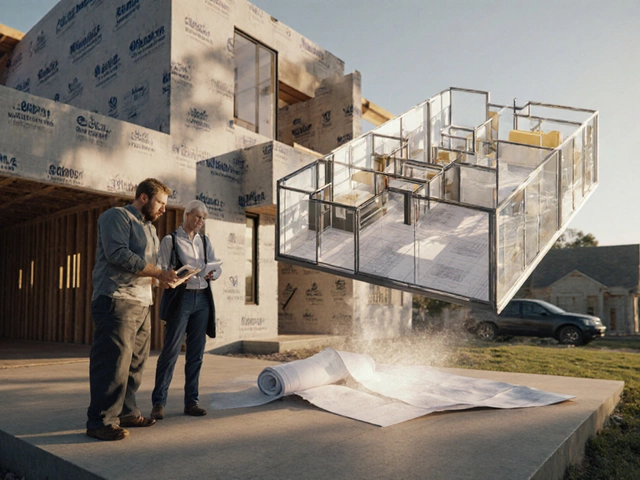Landscaping Jobs: What You Need to Know
When talking about landscaping jobs, the work that shapes outdoor spaces—gardens, patios, lawns, and more—into functional and beautiful areas. Also called garden work, it blends design, construction, and maintenance to boost curb appeal and livability.
One core part of any landscaping project is garden design, the planning of plant selections, layout, and aesthetic flow for outdoor spaces. Good garden design sets the stage for every other task, from choosing the right soil to deciding where a water feature belongs. A well‑planned garden design often leads to smoother hardscaping and easier irrigation.
Speaking of hardscaping, hardscaping, the installation of non‑plant elements like patios, walkways, retaining walls, and decks brings structure and durability to a yard. Hardscaping provides the framework that garden design works around, and it directly influences how water moves across the site, which ties back to irrigation planning.
Effective irrigation is a must‑have for any successful landscaping job. irrigation systems, the network of pipes, sprinklers, and controllers that deliver water to plants efficiently keep gardens thriving while conserving water. Choosing the right system depends on the garden design layout, soil type, and hardscape features, creating a clear link between these three entities.
Outdoor furniture isn’t just for lounging; it shapes how people use the space. outdoor furniture, the chairs, tables, and lounges built to withstand weather while adding comfort and style should complement both the garden design and the hardscaping materials. Proper placement of outdoor furniture can highlight focal points, improve traffic flow, and enhance the overall enjoyment of the landscaped area.
Why Proper Planning Matters for Every Landscaping Job
Lawn care and ongoing maintenance are the final pieces of the puzzle. Regular mowing, fertilizing, and pest control keep the green parts of a project looking fresh, and they rely on the groundwork laid by design, hardscaping, and irrigation. Neglecting any of these steps can lead to uneven growth, water waste, or even damage to the hardscape.
Behind every successful landscaping job sits a landscape architect or designer. landscape architecture, the professional discipline that blends art, science, and engineering to create outdoor environments guides decisions on site analysis, plant selection, grading, and drainage. This expertise ensures that garden design, irrigation, and hardscaping work together seamlessly, reducing costly rework.
When you’re ready to hire, look for crews that cover all these areas: a solid garden design portfolio, proven hardscaping skills, reliable irrigation installation, and knowledge of proper outdoor furniture placement. Ask for references that speak to their ability to manage the full lifecycle of a project—from initial concept to long‑term maintenance. By checking these boxes, you’ll avoid hiring a specialist who only focuses on one piece of the puzzle.
Below you’ll find a curated collection of articles that dive deeper into each of these topics. Whether you’re a DIY homeowner or a professional contractor, the pieces ahead will give you actionable tips, trending ideas, and the know‑how to choose the right team for your next landscaping job.
Top Pay for Landscapers: How Much Do the Best in Landscaping Earn?
How much can a landscaper really earn? Get real numbers, high-earning paths, and expert money-making tips, perfect for anyone eyeing the landscaping industry.
full article




